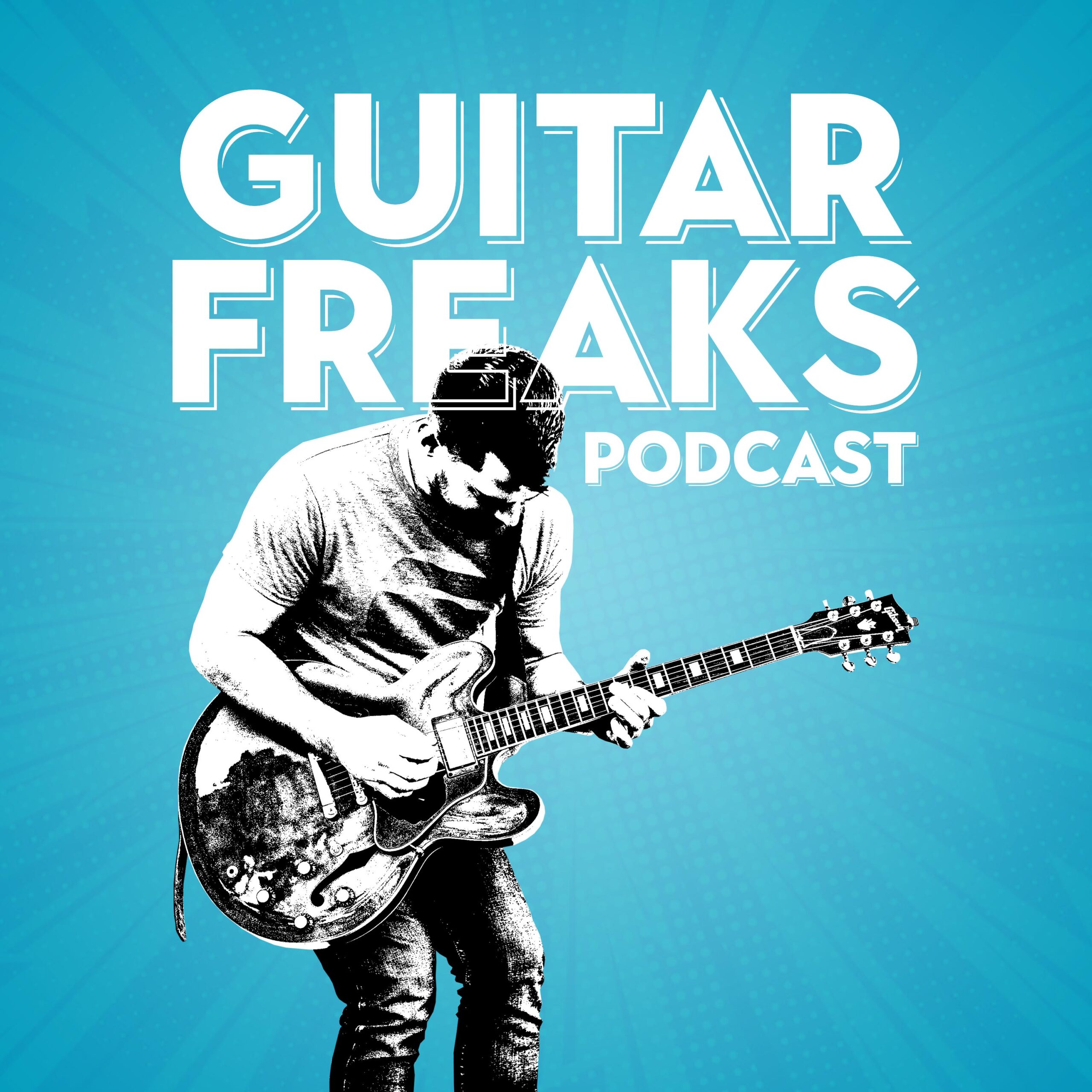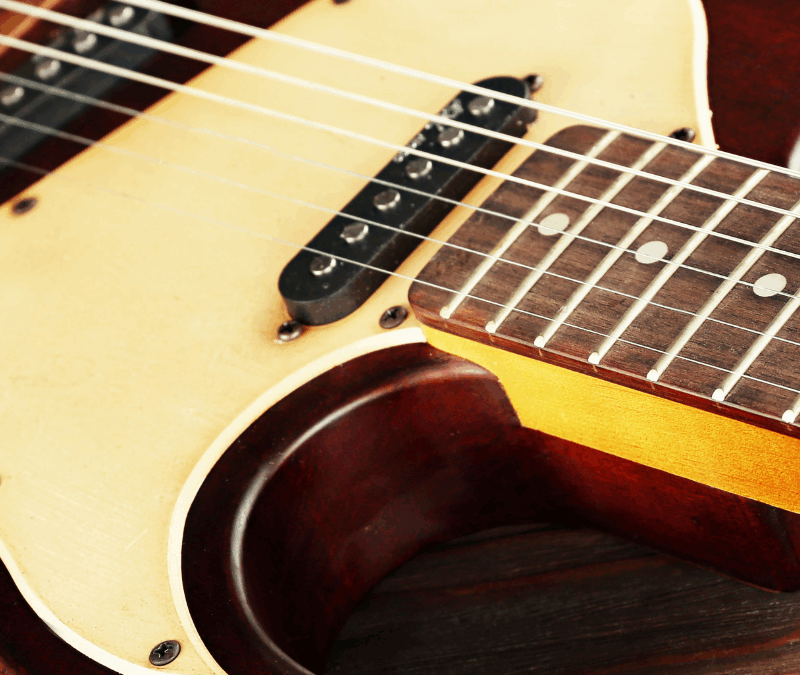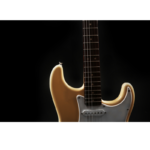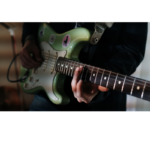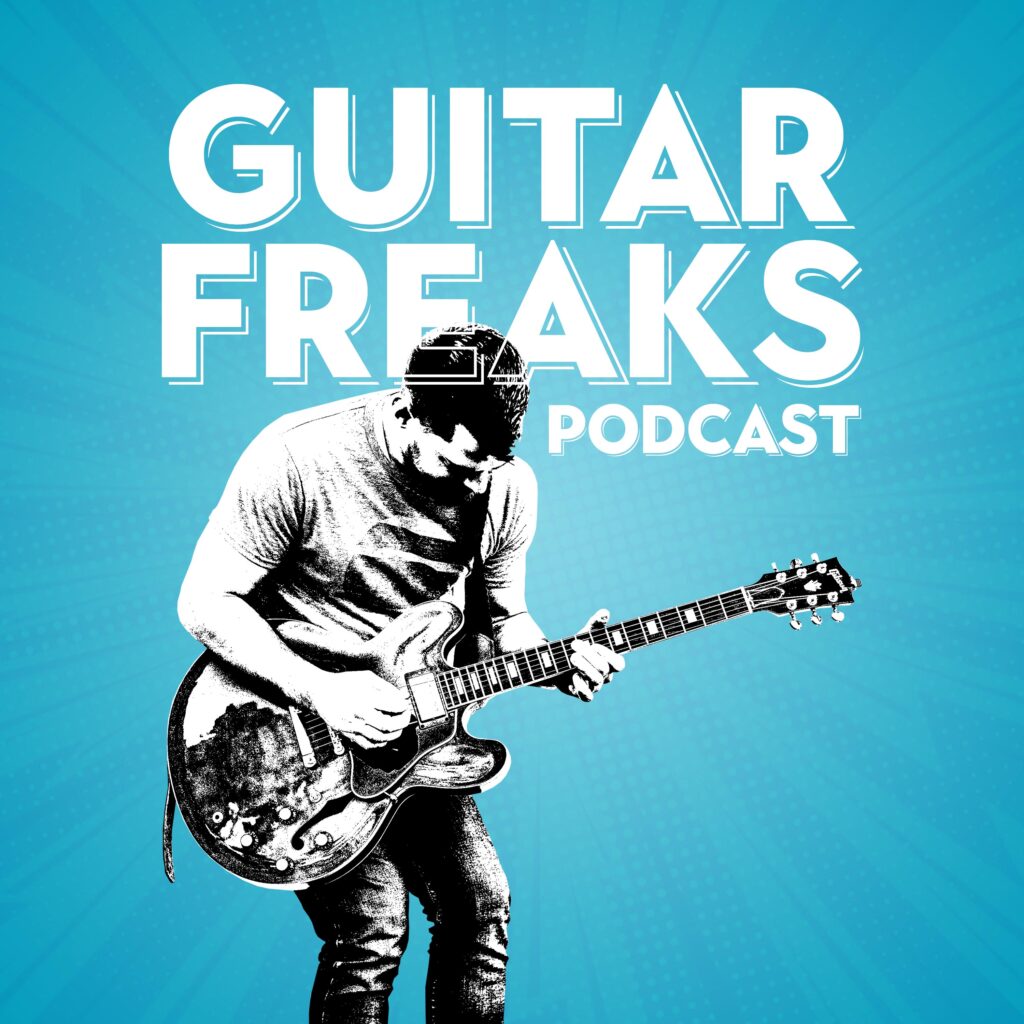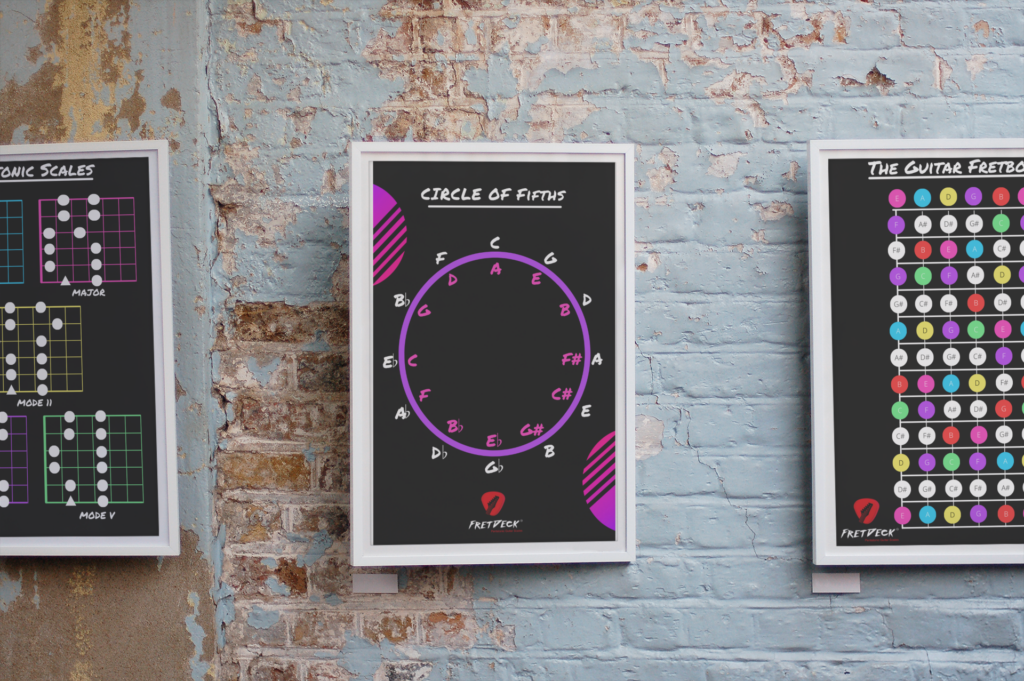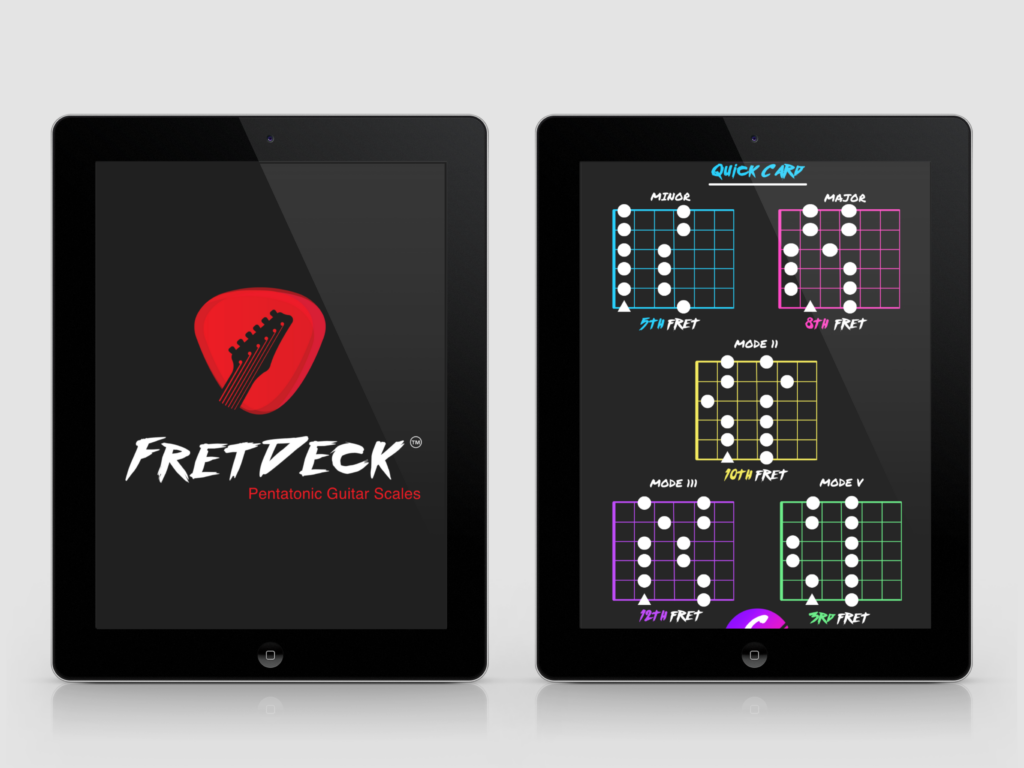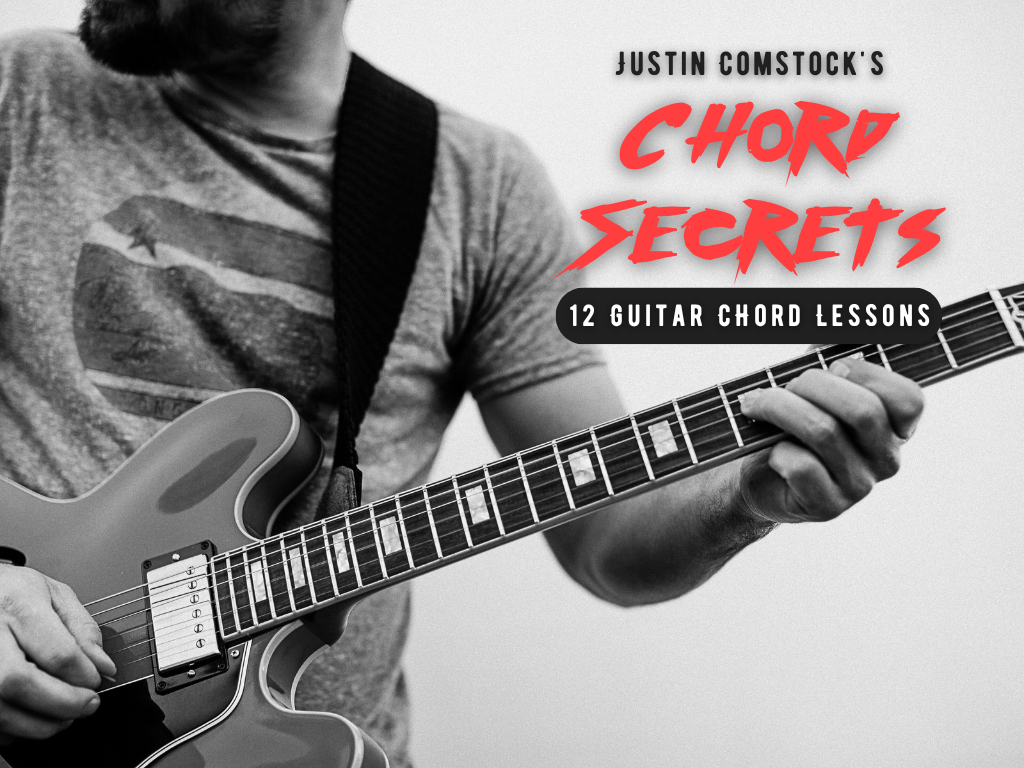Let’s be honest—there are few things more intimidating than staring at the guitar fretboard and trying to learn all notes on the fretboard. It feels endless. Like a six-lane highway with no signs.
But here’s the truth: you don’t have to memorize it all at once. You just have to start moving in the right direction.
In this guide, we’ll walk through how to learn all notes on the fretboard with clarity and creativity. Not by brute force, but through patterns, muscle memory, and connection. Along the way, you’ll get tips on how to make your learning stick with tools like FretDeck and join a supportive community on our Guitar Freaks Hangout Discord.
Why Learn All the Notes on the Fretboard?
Because music isn’t random.
Notes form chords. Chords form progressions. Progressions form songs.
If you know your notes, you can:
- Build chords on the fly
- Navigate keys and modes
- Visualize arpeggios
- Improvise with intention
- Play with freedom, not fear
Learning the fretboard is the musical equivalent of learning how to read. Once you have it, you can read anything.
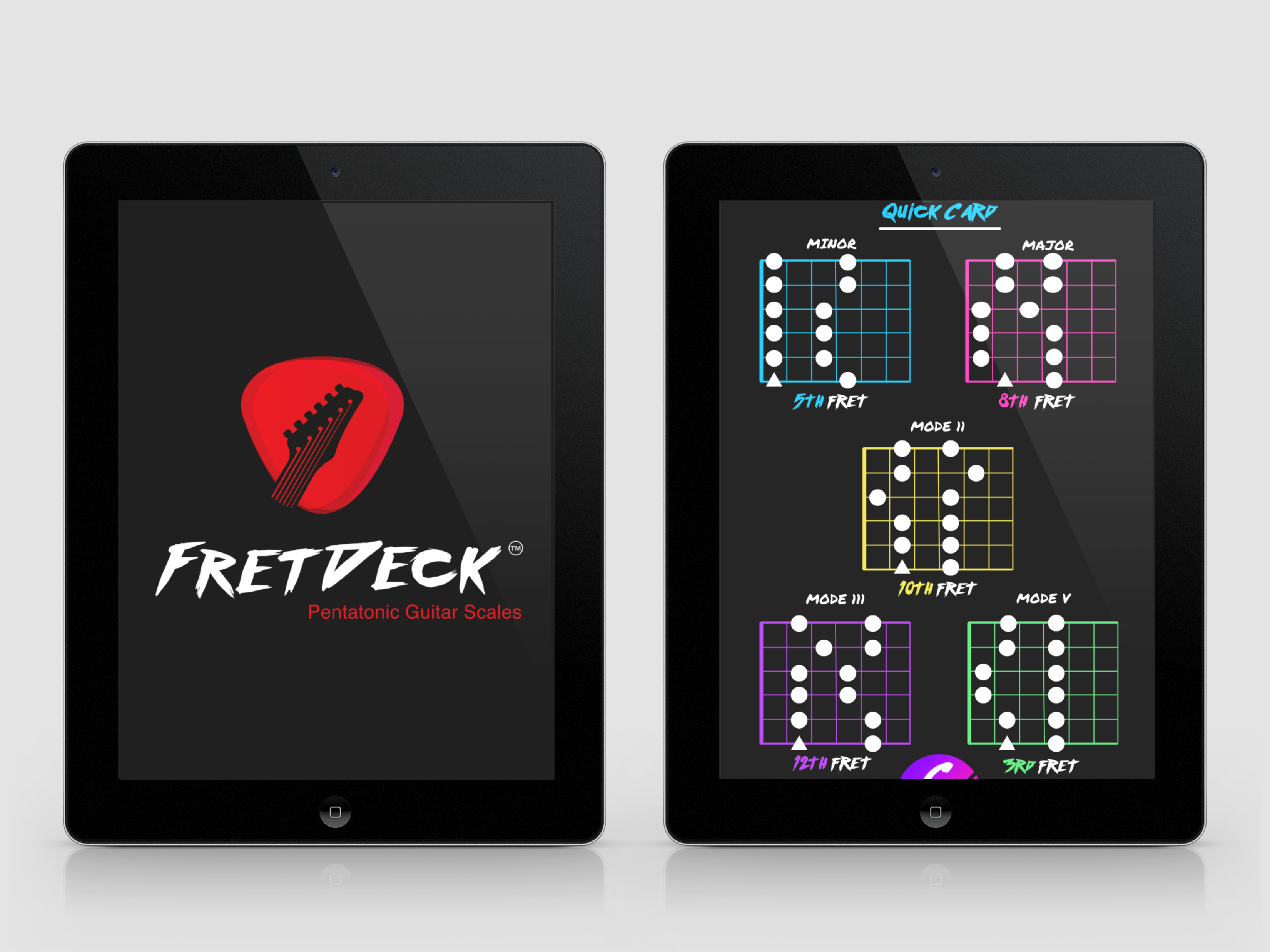
Download The FretDeck & Pentatonic Secrets Course!
Download Our Course
Step 1: The 12-Note Foundation
There are only 12 notes to learn. That’s it.
C, C#, D, D#, E, F, F#, G, G#, A, A#, B
These notes repeat across all strings and all frets. Once you get that concept in your bones, the fretboard becomes a pattern, not a mystery.
Step 2: Learn the Open Strings
Start simple. Know your open strings cold:
E (6th string)
A (5th string)
D (4th string)
G (3rd string)
B (2nd string)
E (1st string)Repeat them out loud, forwards and backwards. Write them on a sticky note. Stick it to your amp. Your mirror. Your forehead. Whatever it takes.
Step 3: Use Octave Shapes
You don’t need to learn all notes individually. You can learn one note and find its twins.
Try this:
- Find G on the 6th string, 3rd fret
- Now find it again:
- 5th string, 10th fret (same note!)
- 3rd string, 12th fret
- 1st string, 15th fret
You’re playing the same G across the neck. Learn octave shapes and you multiply your knowledge instantly.
Step 4: Crawl the Neck with Natural Notes
Try this challenge:
Natural Note Crawl
- Choose a string (say the A string)
- Play only natural notes (A, B, C, D, E, F, G)
- Say the name of each note out loud
- Move one fret at a time
This starts to build spatial and tonal awareness. The more you do it, the more fluent you become.
Step 5: Use the Circle of 4ths
This is one of our favorite hacks from music school:
Play this sequence of notes around the neck: C → F → Bb → Eb → Ab → Db → Gb → B → E → A → D → G
Pick a single string and go through the circle. Let your hands learn the pattern while your brain absorbs the relationships.
This isn’t just memorization—it’s musical context.
Step 6: Speak, Don’t Just Play
Say the note names as you play them.
It might feel weird at first, but saying and playing at the same time wires your cerebellum and cerebrum together. More pathways = deeper learning.
Try this with a metronome. One note per click. Then every two clicks. Then in tempo.
Step 7: Make Mistakes, Out Loud
Here’s something your teacher might not say: guessing out loud is a valid learning strategy.
Guess the note. Say it. Play it. Check yourself.
Over time, you’ll notice the guesses become more accurate.
Step 8: Visualize with Chord Roots
Chord shapes are not just for rhythm playing. They’re maps.
Every chord shape contains root notes:
- The G chord? The 3rd fret on the low E string is G.
- The C chord? The 3rd fret on the A string is C.
- The D chord? Open D string.
Memorizing where the roots are in common chords helps you anchor notes with ease.
Step 9: Map Out 5 Frets at a Time
Don’t try to do the whole fretboard in one go. Break it up:
- Frets 1–5
- Frets 6–10
- Frets 11–15
Practice one area per week. Draw it. Play it. Say it. Repeat.
Pro tip: Use FretDeck to shuffle through note locations and test yourself with bite-sized challenges.
Step 10: Color-Code and Trace
Want a visual twist? Print a blank fretboard diagram. Assign a color to each note. Color in every A = red Every E = blue Every G = green
Now play and visualize those same notes. Soon your brain will start to recognize note positions without relying on memory alone.
Learn with the FretDeck System
This is where things get exciting.
FretDeck is your tactile roadmap to learning all notes on the fretboard. Each card gives you a specific target:
- A note to find
- A pattern to trace
- A challenge to complete
You can solo with it. You can train with it. You can even turn it into a game.
It’s like flashcards meets fretboard mastery.
Grab your deck here: GuitarFreaksBlog.com

Download The FretDeck & Pentatonic Secrets Course!
Download Our Course
Join the Guitar Freaks Hangout
Inside our private Discord group, players from all over the world are sharing their:
- Weekly fretboard drills
- Note-chasing jam tracks
- Color-coded necks
- Practice videos
- Daily prompts
It’s more than just learning. It’s community, motivation, and accountability.
Join us and level up: Guitar Freaks Hangout Discord
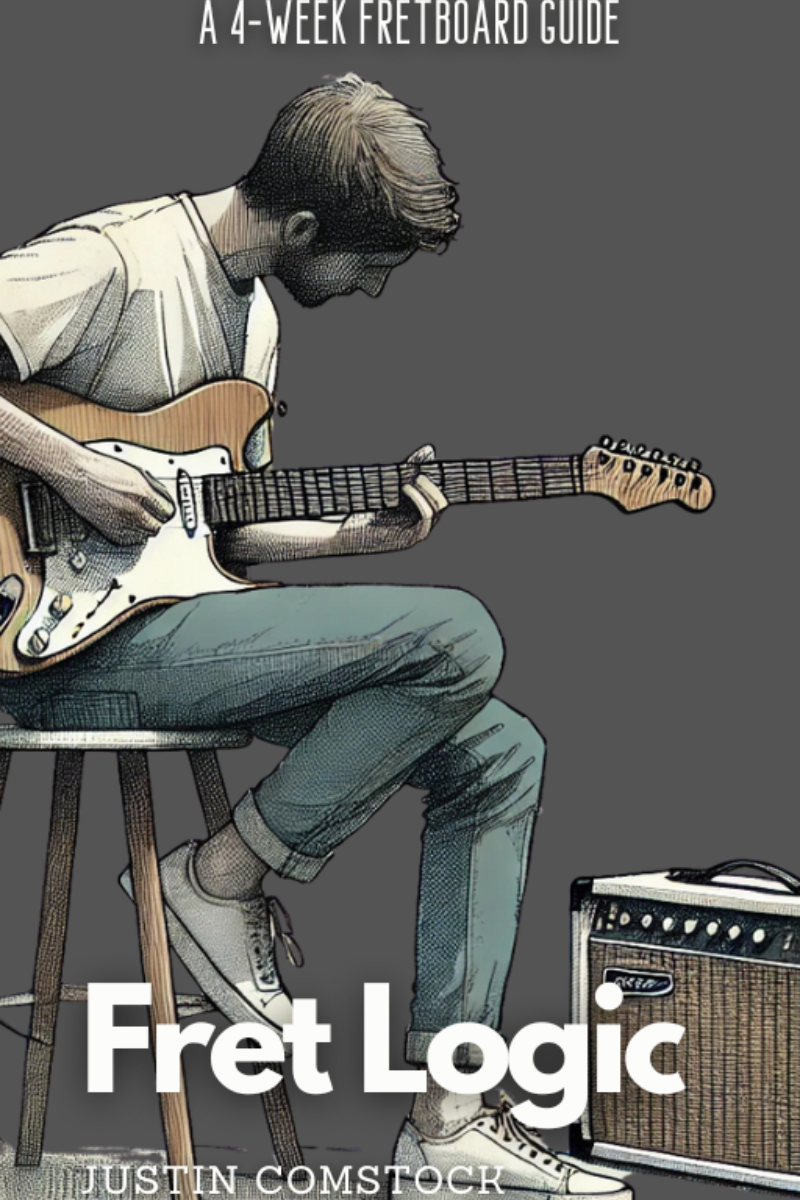
Join Guitar Freaks Hangout on Discord! 🎸
Get Fret Logic FREE!
Join the Guitar Freaks Hangout Discord and get exclusive access to my entire e-book, Fret Logic! Master the fretboard and elevate your solos with this comprehensive guide.
👉 Don’t miss out—join now and download your free copy!
Final Recap: The Playable Path to Fretboard Mastery
Let’s boil this down. To learn all notes on the fretboard:
- Master the 12-note system
- Learn the open strings
- Use octave patterns
- Crawl the neck with natural notes
- Travel through the circle of 4ths
- Speak while you play
- Make mistakes loudly and often
- Use chord roots as anchors
- Break it up into fret zones
- Use color, sound, and feel
With FretDeck and the Hangout, you’re never alone.
So go ahead. Grab your guitar. Say the notes. Play the shapes. Get it wrong. Get it right. And keep moving.
You’re not just memorizing. You’re unlocking.
🎸 Let’s build that map together.
Looking for more ways to practice fretboard fluency? Check out this great guide onThe Most Effective Way to Memorise Notes on the Guitar Fretboard.
